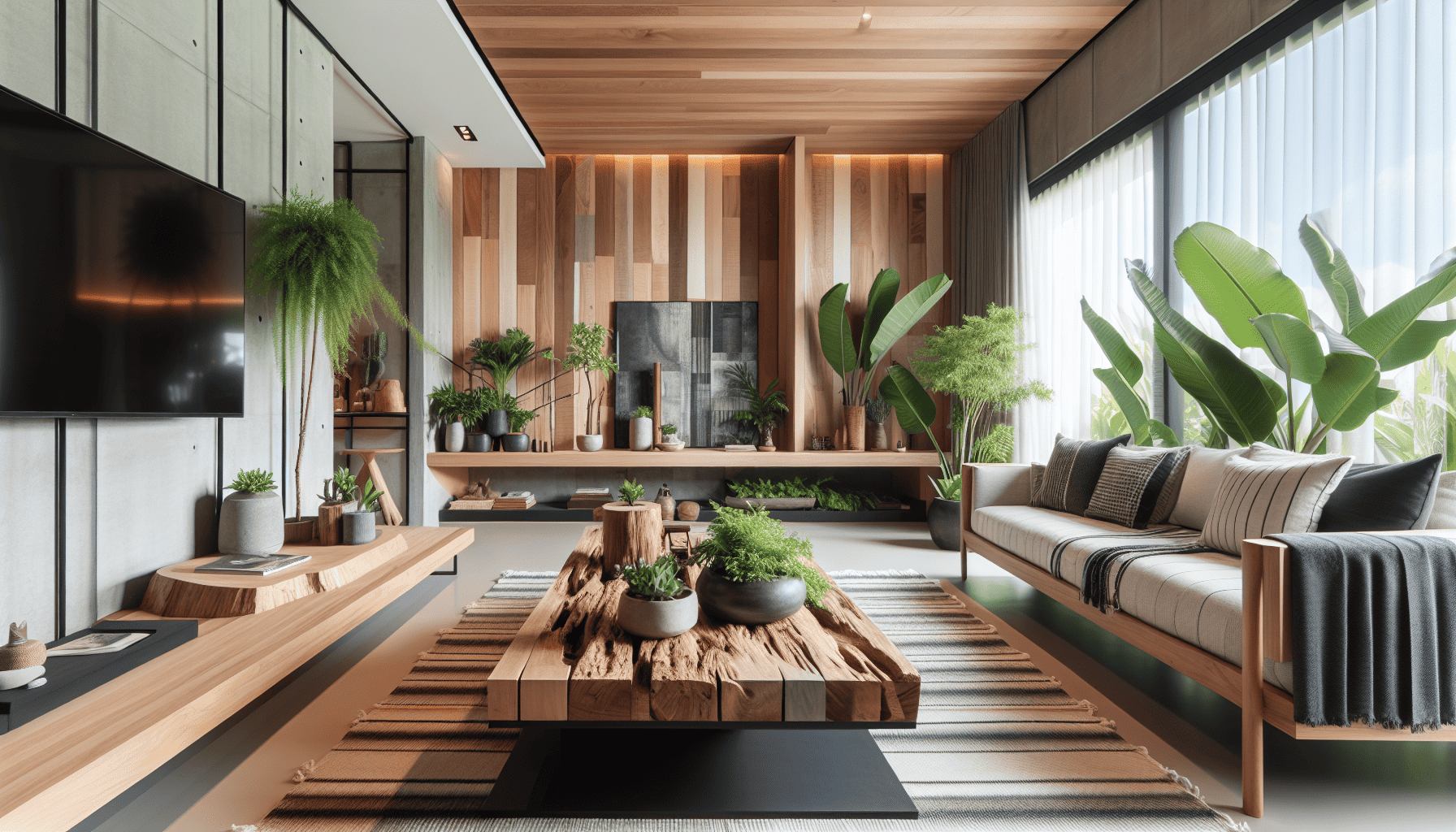Creating an eco-friendly home is an important step towards promoting sustainability and minimizing your environmental footprint. By choosing sustainable materials, you can design a space that not only benefits the planet but also enhances your living experience. Here are some key materials and design tips to help you achieve an environmentally conscious home.
Reclaimed Wood
One of the most popular sustainable materials is reclaimed wood. This involves repurposing timber from old buildings, barns, or furniture, reducing the need for new logging. Reclaimed wood adds a rustic charm and unique character to your home, as each piece carries its own history and distinct markings. Whether used for flooring, furniture, or accent walls, reclaimed wood is a versatile and eco-conscious choice that contributes to a circular economy.
Bamboo
Bamboo is another excellent sustainable material, known for its rapid growth and regenerative properties. Unlike hardwood trees, which can take decades to mature, bamboo can grow several feet in just a few weeks. It is incredibly versatile, making it ideal for flooring, furniture, and even textiles. Bamboo's strength and durability rival that of traditional hardwoods, making it a reliable and sustainable option for eco-friendly living.
Cork
Cork is a renewable material harvested from the bark of cork oak trees, which regenerate their bark every few years without the need to cut down the tree. This makes cork an incredibly sustainable choice. Its natural insulating properties make it perfect for flooring and wall coverings, helping to regulate indoor temperatures and reduce energy consumption. Cork is also soft underfoot and provides sound insulation, enhancing the comfort and tranquility of your home.
Recycled Metal
Incorporating recycled metal into your home design is an effective way to reduce waste and energy consumption. Metals like aluminum and steel can be recycled indefinitely without losing their quality, making them ideal for sustainable building. Recycled metal can be used in a variety of ways, from structural elements to decorative accents, offering a modern and industrial aesthetic. Additionally, its durability and strength ensure a long lifespan, reducing the need for replacements.
Hemp
Hemp is a versatile and fast-growing plant that requires minimal water and pesticides, making it an eco-friendly choice for a variety of applications. It can be used to create textiles, insulation, and even biodegradable plastics. Hemp insulation is especially beneficial, as it is breathable, mold-resistant, and provides excellent thermal and acoustic insulation. By integrating hemp into your home, you contribute to a more sustainable and healthier environment.
Design Tips for Sustainability
-
Energy-Efficient Lighting: Use LED or CFL light bulbs to reduce energy consumption. These options not only last longer but also use significantly less energy compared to traditional incandescent bulbs.
-
Natural Light: Maximize natural daylight by incorporating large windows and skylights into your home design. This reduces the need for artificial lighting and creates a bright, inviting atmosphere.
-
Low-VOC Paints: Choose paints with low volatile organic compounds (VOCs) to improve indoor air quality. These paints release fewer toxins, making your home healthier for you and the environment.
-
Water-Saving Fixtures: Install low-flow faucets, showerheads, and toilets to conserve water. These fixtures can significantly reduce water usage without sacrificing performance.
-
Sustainable Landscaping: Opt for native plants and drought-resistant species in your garden to minimize water usage and create a more resilient ecosystem.
By incorporating these sustainable materials and design tips into your home, you can create a space that not only reflects your personal style but also supports a healthier planet. Embracing eco-friendly living is a rewarding journey that benefits both you and the environment, paving the way for a sustainable future.
